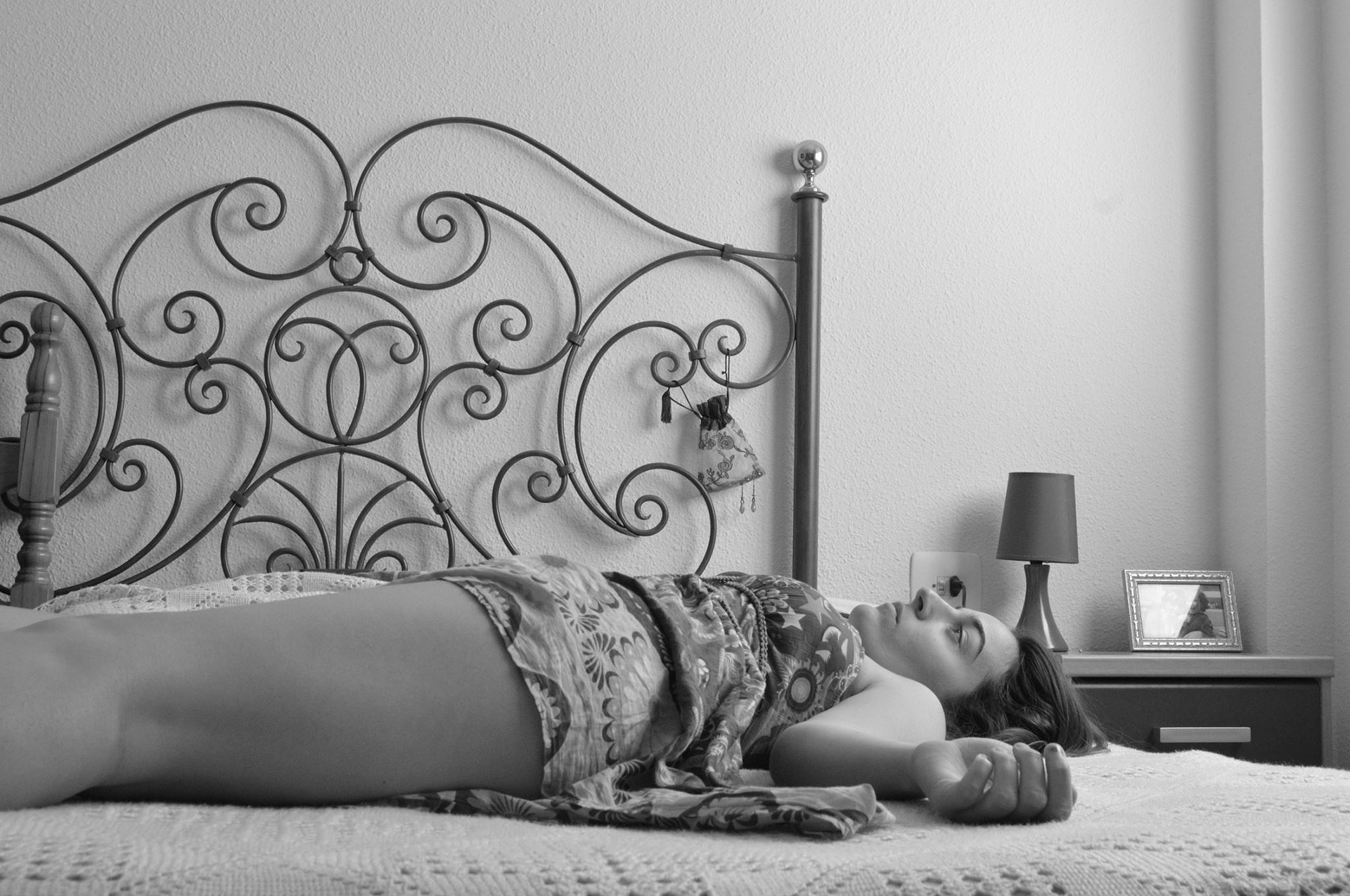How to Manage ADHD and Seasonal Affective Disorder (SAD) During Winter: A Guide for Women
Introduction
Are you struggling to focus, feeling more down than usual, and finding it harder to manage your ADHD during winter? You’re not alone. Many women with ADHD also experience Seasonal Affective Disorder (SAD)—a type of depression triggered by the shorter, darker days. Women are four times more likely than men to develop SAD (Jacobson et al., 1987), and nearly 27% of adults with ADHD experience SAD, with women being especially affected (Amons et al., 2006).
Understanding how ADHD and SAD intersect is key to managing your symptoms effectively this winter. Keep reading to learn how to navigate both conditions, restore balance, and boost your well-being.
What is Seasonal Affective Disorder (SAD)?
SAD is a type of depression that follows a seasonal pattern, often beginning in the fall and continuing into the winter months. While some refer to it as the "winter blues," SAD involves real depression that affects your mood, energy levels, and daily functioning. Symptoms typically lift with the arrival of longer, sunnier days in the spring, but during the darker months, SAD can disrupt your life significantly.
How Does SAD Affect Women with ADHD?
Women are more frequently affected by SAD than men, making up the majority of SAD cases (Melrose, 2015). If you have ADHD, you may be especially sensitive to the seasonal changes that trigger SAD, such as disruptions in circadian rhythms and serotonin levels. Hormonal fluctuations throughout your menstrual cycle can also intensify the challenges of managing both conditions during the winter.
Individuals with ADHD are genetically predisposed to being late chronotypes, meaning they often go to bed later and wake up later. This delayed sleep cycle can exacerbate SAD symptoms, as shorter daylight hours in winter further reduce exposure to sunlight, which is crucial for regulating serotonin and circadian rhythms. Dr. Sandra Kooij has found that 80% of ADHD individuals are late sleepers, which significantly contributes to increased SAD symptoms in winter months.
Recognizing the Symptoms of SAD in Women with ADHD
The symptoms of SAD can overlap with ADHD, but they also come with unique signs that are more pronounced during winter. Common symptoms include:
-
- Feeling persistently down or depressed
- Increased anxiety and irritability
- Difficulty concentrating, which worsens ADHD symptoms
- Cravings for carbohydrates and weight gain
- Daytime fatigue and a need for more sleep
- Loss of interest in activities you usually enjoy
- Withdrawing from social interactions
Quiz: Do You Struggle with Both ADHD and SAD?
With ADHD, these symptoms can become even more overwhelming during the colder months. For many women, it can become harder to stay on top of daily tasks, manage emotions, and maintain relationships.
Why Women with ADHD Are More Vulnerable to SAD
ADHD and SAD are interconnected in ways that particularly affect women. Both conditions impact your brain's ability to regulate circadian rhythms and neurotransmitters like serotonin and melatonin.
Women with ADHD are more likely to experience delayed sleep phase syndrome (DSPS), a sleep disorder that affects up to 73% of people with ADHD (McGee-Baratta, 2020). This disorder makes it difficult to fall asleep and wake up at conventional times, and winter's shorter days can make this problem worse.
According to Dr. Sandra Kooij, late sleep phases can result in sleep deprivation, which in turn intensifies ADHD symptoms such as difficulty focusing, emotional dysregulation, and impulsivity. Moreover, women are more sensitive to hormonal changes that can influence both ADHD and SAD, further complicating the picture during winter months.
Causes: Circadian Rhythms and Serotonin
Circadian Rhythms: The shorter, darker days of winter disrupt your body’s internal clock, affecting your sleep and mood—both of which are already challenging if you have ADHD. Dr. Kooij explains that individuals with ADHD are particularly vulnerable to these disruptions due to their delayed chronotypes.
Serotonin: Reduced sunlight impacts your serotonin production. Since women with ADHD tend to have lower baseline levels of serotonin and dopamine, the winter drop in serotonin can worsen both ADHD and SAD symptoms, leading to fatigue, poor focus, and irritability.
Do You Have ADHD and Seasonal Affective Disorder?
If you think you may have both ADHD and SAD, it’s important to seek a proper diagnosis. A doctor may use the Seasonal Pattern Assessment Questionnaire (SPAQ) to evaluate how your mood and behavior change with the seasons. They will look for patterns of depressive episodes that align with seasonal shifts.
Questions to Ask Yourself:
- Do you experience recurring depressive symptoms during the same season each year (usually fall and winter)?
- Does your mood improve when the season changes, typically in spring or summer?
- Have you noticed this seasonal pattern for at least two years?
Managing ADHD and SAD: Tailored Advice for Women
Managing both ADHD and SAD can feel overwhelming, but there are steps you can take to manage your symptoms more effectively, especially if you’re dealing with hormonal fluctuations or life stressors.
Track Your Hormonal Cycles
Your menstrual cycle can make both ADHD and SAD symptoms more intense. Track your cycle using an app or a journal to see when your symptoms worsen. This information will help you work with your healthcare provider to adjust your treatment plan during certain cycle phases.
Sleep Hygiene for ADHD and SAD
Good sleep hygiene is essential for managing both ADHD and SAD. According to Dr. Kooij, individuals with ADHD often have delayed melatonin onset, which makes it harder to fall asleep at conventional times. Here are some tips to help regulate your sleep:
- Use Orange Goggles: Blue light exposure can delay melatonin production. Wearing orange goggles after 7 PM can help your brain begin to wind down for sleep by blocking blue wavelengths.
- Maintain Darkness at Night: Ensure complete darkness in your room by using blackout curtains and avoiding any LED lights.
- Wake Up at the Same Time: Consistent wake-up times are crucial. While it might be tempting to sleep in on weekends, keeping a routine will help your biological clock adjust.
- Consider Melatonin: If you have trouble falling asleep, consider a low-dose melatonin supplement (1-3 mg) around 10 PM. Always consult your healthcare provider before starting melatonin.
Seek Support from Other Women
Connecting with other women who understand what you’re going through can be incredibly empowering. Look for support groups or online communities where you can share experiences and coping strategies for ADHD and SAD.
Practice Self-Compassion
Women often juggle multiple roles—caregiving, work, and household management—all while trying to stay emotionally stable. Slowing down, asking for help, and caring for yourself is okay. Be kind to yourself, and remember that this season will pass.
Action Steps to Manage ADHD and SAD
Take control of your well-being with these actionable steps:
- Track Your Hormonal Cycles: Use a period-tracking app or journal to note when your symptoms of ADHD and SAD worsen throughout your cycle. Discuss possible adjustments with your doctor during these vulnerable times.
- Try Light Therapy: Invest in a 10,000-lux lightbox and sit in front of it for 20-30 minutes each morning to regulate your circadian rhythm and boost serotonin levels. Alternatively, light glasses can provide a portable option that is easier for those with busy mornings.
- Improve Your Sleep Hygiene: Establish a consistent sleep routine by going to bed and waking up at the same time each day. Avoid screens before bed, and create a calming environment. Use orange goggles to filter out blue light.
- Exercise Daily: Engage in 30 minutes of exercise each day—preferably outdoors—to naturally increase serotonin levels and improve both your mood and focus.
- Consult Your Healthcare Provider: Review your ADHD treatment with your doctor and discuss the possibility of adding treatments like Cognitive Behavioral Therapy for Insomnia (CBT-I) or vitamin D supplements during winter months.
Reflection Questions
- How do your ADHD and SAD symptoms change with the seasons?
- What strategies have worked best for you in managing both conditions?
- Are you noticing any patterns in your symptoms related to your hormonal cycle?
Takeaway Box: Key Points to Remember
- Women with ADHD are more vulnerable to SAD due to hormonal fluctuations, sleep disruptions, and lower serotonin levels.
- Symptoms of SAD, such as daytime fatigue, difficulty concentrating, and cravings for carbs, often worsen ADHD symptoms during winter.
- Strategies like light therapy, consistent sleep hygiene, daily exercise, and tracking your hormonal cycle can help you manage both conditions.
- Remember to practice self-compassion and seek support from others who understand your unique challenges.
Conclusion
For women with ADHD, managing both SAD and ADHD during the winter months can feel overwhelming, but you don't have to face it alone. By implementing treatments like light therapy, improving sleep hygiene, and practicing self-compassion, you can reduce the impact of seasonal depression on your daily life. Prioritize your well-being, seek support, and work with your healthcare provider to adjust your treatment plan as needed. With the right approach, you can regain control and thrive, even during the darkest months.
Sources
- Amons, P. J. T., et al. (2006). Seasonality of mood disorders in adults with lifetime ADHD. Journal of Affective Disorders, 91(2-3), 287-291.
- Jacobson, F. M., et al. (1987). Seasonal Affective Disorder: A Review of the Syndrome. American Journal of Public Health, 77(1), 57-60.
- McGee-Baratta, M. (2020). ADHD, Circadian Rhythms, and Seasonality. Journal of Psychiatric Research, 128, 43-49.
- Melrose, S. (2015). Seasonal Affective Disorder: Assessment and Treatment. Depression Research and Treatment.
- Rohan, K. J., et al. (2004). Cognitive-behavioral therapy vs. light therapy for seasonal affective disorder. American Journal of Psychiatry, 161(5), 853-859.
- Fleck, C., & Kooij, J. J. S. (2024). “How Seasonal Affective Disorder Uniquely Affects People with ADHD” [Video Replay & Podcast #487]. Attitude Magazine. Updated on March 1, 2024.


